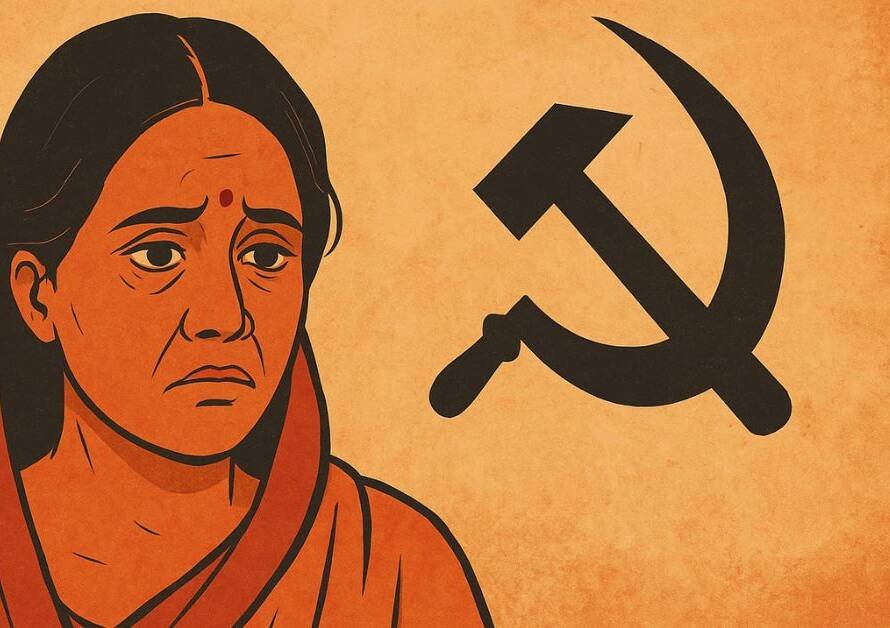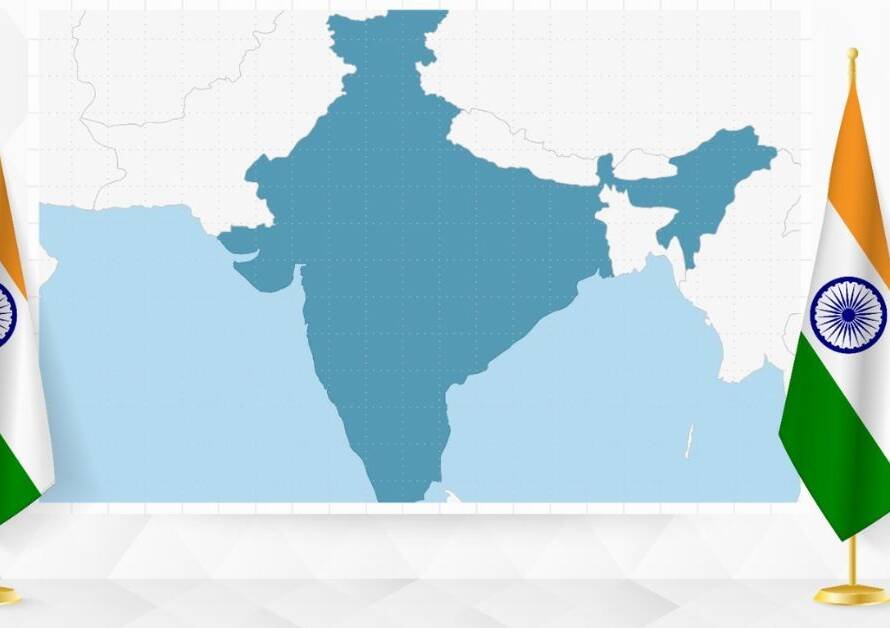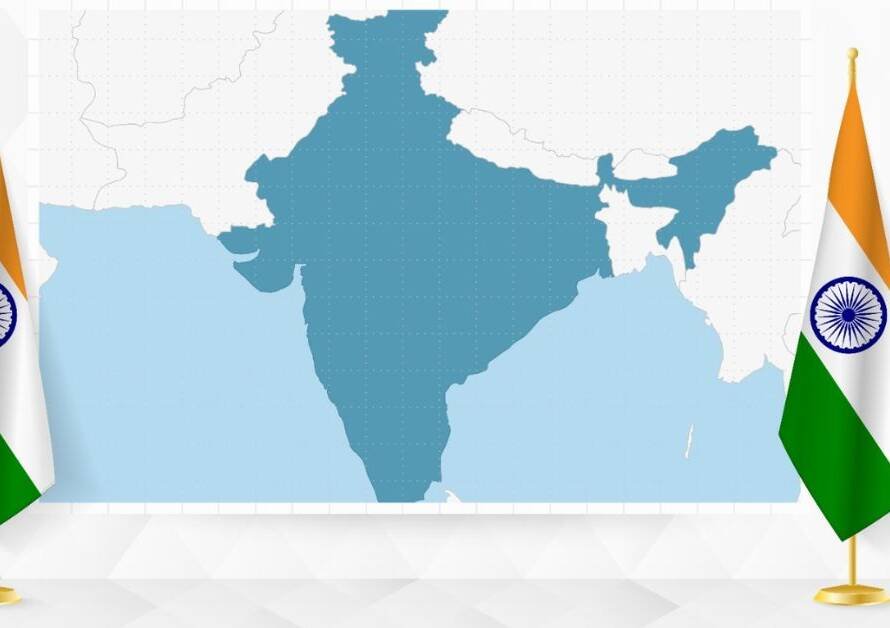This information was shared with me in a group, and I am sending it to all of you in the form of an article. Please take a moment to reflect on the immense suffering and shame that our ancestors endured.
I have a faint childhood memory from when I was around 10-12 years old. A letter had arrived at our home, marked with the number “74½.” Curious, I asked my father what it meant. He explained that this was an oath of secrecy—more important than even an official government seal. It was a vow of silence over the 74½ man (approximately 2,980 kilograms) of sacred threads (janeu) collected from Hindu bodies—a number that symbolized the horrifying massacre that had been kept hidden from public knowledge.
This piqued my curiosity, and as I delved deeper into the history behind it, I was left shaken. At the time, I didn’t fully grasp the extent of the tragedy. But later, while working on an epic about Chittorgarh, I uncovered the detailed story behind it. And now, I share this history with you, hoping that it ignites a fire in your heart as well.
The Day of Horror: February 23, 1568
Yes, February 23, 1568, exactly 456 years ago, witnessed one of the most gruesome and tragic events in Indian history—a chapter that has been conveniently erased from textbooks.
Indian history records 12 instances of Jauhar and Saka, three of which took place in Chittorgarh:
- The first Jauhar was by Rani Padmavati during Alauddin Khilji’s invasion.
- The second Jauhar was by Rani Karnavati, mother of Maharana Udai Singh, who sent her son to safety with Panna Dhai.
- The third and most horrific Jauhar occurred on February 23, 1568, orchestrated by “Akbar the Great.”
Our historical narratives are often shaped by Western-influenced perspectives, especially Nehru’s “Discovery of India,” which glorifies Akbar. But let us read what Akbar’s own court historian, Abul Fazl, wrote about the Chittorgarh massacre:
“Following Akbar’s orders, the first 8,000 Rajput warriors were captured and later slaughtered. Along with them, another 40,000 civilians—including 3,000 children and elderly—were massacred from dawn until noon.”
(Akbarnama, Abul Fazl, translated by H. Beveridge)
The Battle for Chittorgarh
When war broke out on October 25, 1567, Maharana Udai Singh retreated to Udaipur to protect the kingdom’s future, leaving behind 8,000 Rajput warriors to defend Chittorgarh’s 60,000 civilians. These brave warriors were led by:
- Jaimal Rathore and Patta Chundawat, two fearless commanders.
- Other defenders included Saidas Rawat, Ballu Solanki, Thakur Sanda, and Isardas Chauhan.
Despite fierce resistance, when food and supplies ran out, the Rajputs opened the gates of the fort for their final battle.
Understanding that defeat was inevitable, Maharani Jaimal Mehtawadia and 12,000 Rajput women chose Jauhar—preferring death in flames over dishonor in Akbar’s harem.
Imagine this: A massive pit, engulfed in raging flames, with 12,000 women leaping into the fire, their screams echoing through the fort.
Meanwhile, 8,000 Rajput warriors smeared their foreheads with the ashes of the Jauhar fire and rode into battle, fully prepared for death. Each Rajput killed hundreds of Mughal soldiers before falling. But against Akbar’s 125,000-strong army, how long could they last?
The Bloodbath That Followed
Once the warriors had perished, Akbar’s troops turned to the unarmed civilians of Chittorgarh. 60,000 Hindus—including farmers, elders, and children—were butchered mercilessly.
- Infants were impaled on spears and tossed into the air.
- Elderly men were tortured to death.
- The sacred threads (janeu) of the slaughtered Hindus were collected, weighing 74½ man (approx. 2,980 kg).
British historian Colonel James Tod described the scene:
“Akbar measured his victory by the weight of the sacred threads taken from slaughtered Hindus—74½ man of janeu.”
Considering that one janeu weighs around 1 tola (approximately 10 grams), this means that at least 47,680 Hindus were massacred in a single day.
Never in the history of India had such a mass slaughter taken place. Reading about it even today sends shivers down the spine.
The Whitewashing of Akbar’s Atrocities
Even after this bloodbath, Jawaharlal Nehru praised Akbar as “great” in his book Discovery of India. Communist historians followed suit, portraying him as a benevolent, secular, and just ruler.
Yet, Vincent Smith, a scholar on Akbar, wrote:
“Akbar was a ruthless tyrant, a cruel and fanatical murderer.”
The truth is further revealed in Akbar’s own proclamations (fatwas) after the Chittorgarh massacre:
“To glorify Allah, our devoted Mujahideen slaughtered the impure Kafirs with flashing, thunderous swords. We dedicated our time and strength to Ghiza (Jihad), destroyed temples and idols, and conquered their cities and forts.”
(Fatwa-e-Chittor, March 1586, New Delhi)
Reclaiming Our True History
We must rewrite and relearn our history. It is shocking that our textbooks glorify the Mughal era as India’s golden age.
Instead of blindly celebrating the 150 years of Mughal rule, we should study the empires that truly uplifted India:
✅ Mewar Dynasty (1000+ years)
✅ Ahom Dynasty (600 years)
✅ Gupta Empire (300 years)
✅ Vijayanagar Empire (300 years)
Yet, these powerful Hindu kingdoms are barely mentioned in history books, while the Mughals are hailed as “great.”
Final Thoughts
It is time to wake up. We must reclaim our history and pass it on to future generations.
Today, as we remember February 23, 1568, let us honor the sacrifice of those 8,000 warriors and 12,000 women who chose fire over dishonor. Let us remember the 47,680 innocents who were slaughtered that day.
We owe it to our ancestors. We owe it to our future.
Jai Mewar! Jai Bharat!
For more blogs please visit www.saveindia108.in To join our application group please click on this link: https://chat.whatsapp.com/HxGZvlycYPlFvBO17O3eGW







